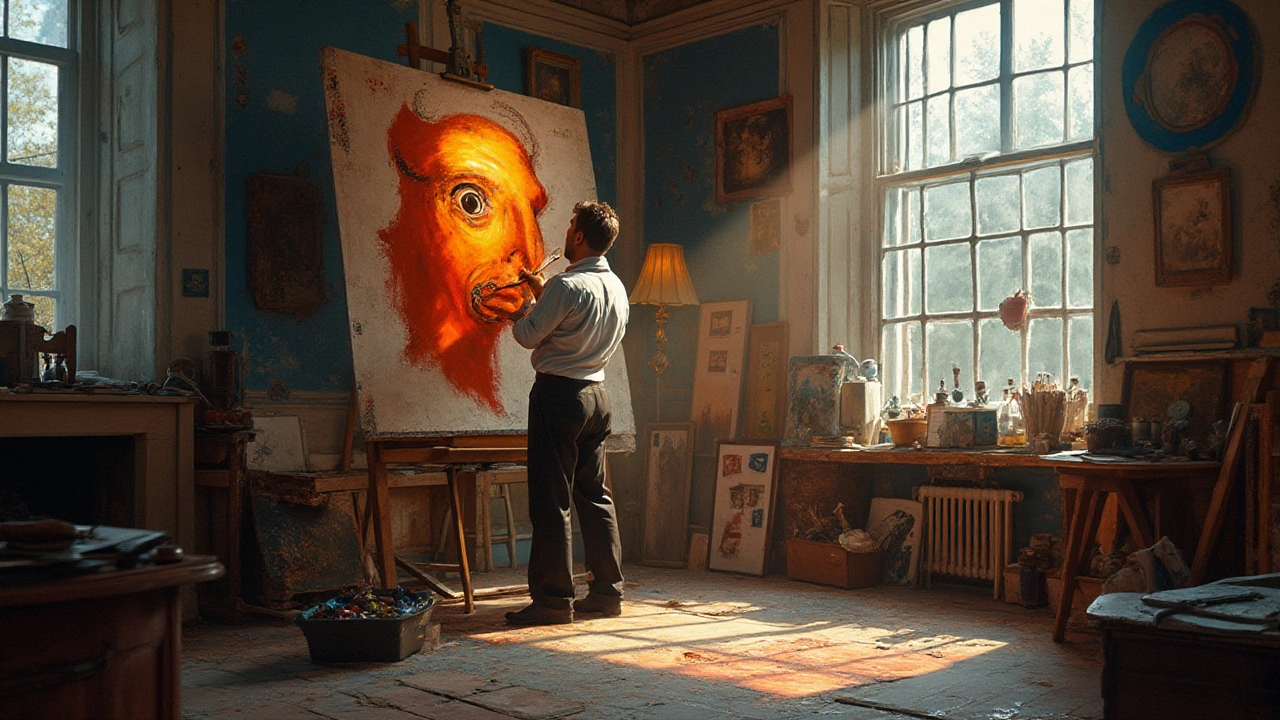Expressionism History: How Feeling Rewrote Modern Art
Expressionism flipped the script on art by putting feeling before accurate looks. Around the early 1900s, artists tired of polite scenes and careful realism began pushing paint, color, and form to show inner life—anger, fear, joy, and alienation. That change reshaped painting, theater, film, and design.
Where it started and why it mattered
Most roots trace to Germany and Austria between 1905 and 1925. Cities like Dresden and Berlin hosted groups such as Die Brücke and Der Blaue Reiter. They reacted to industrial cities, social stress, and a sense that old art couldn’t express modern life. World War I and political turmoil made Expressionism louder, darker, and more urgent.
Expressionism didn’t aim to copy a scene. Instead artists used skewed shapes, smashed perspective, and wild color to force an emotional reaction. You’ll see faces stretched, streets tilted, and skies painted like storms. The goal: make you feel the maker’s inner state, not admire technical perfection.
Key artists, works, and signs to spot
Edvard Munch set an early tone—The Scream screams emotion instead of neat detail. In Germany, Ernst Ludwig Kirchner and Emil Nolde favored raw brushwork and high contrast. Wassily Kandinsky and Franz Marc moved toward spiritual abstraction, while Egon Schiele and Oskar Kokoschka focused on raw portraiture and twisted figures. Films like The Cabinet of Dr. Caligari borrowed Expressionist sets to create psychological unease.
Want to know if something’s Expressionist? Look for color used as emotion (not realism), exaggerated or broken forms, rough or visible brushwork, and a mood that dominates the subject. Themes often include anxiety, urban isolation, spirituality, and the body under stress.
Expressionism didn’t stop in the 1920s. It influenced mid-century Abstract Expressionists in the U.S., fed into neo-expressionism in the 1980s, and still pops up in contemporary painting, street art, and film. Directors, designers, and game artists borrow its visual tricks to signal psychological tension or moral unease.
If you want to explore further, check collections at the Munch Museum in Oslo, the Neue Nationalgalerie in Berlin, and major modern art museums worldwide. Look for books and online galleries that group work by Die Brücke or Der Blaue Reiter—those names are good anchors for deeper reading.
Practical tip for artists: focus on a single strong feeling, simplify shapes, and push color beyond reality. Make small, fast studies to capture instinct rather than polish. Emotion often survives rough handling better than careful rendering.
Curious? Use this tag to browse related posts on Paul Artistry about Expressionism, Abstract Expressionism, and movements that grew from that raw, honest push to paint how people actually feel.

